A Beginner’s Guide to Sustainable Living: 11 Simple Ways to Start

If you’re reading this article, it’s likely because you care about the environment. You see the negative effects people are having on our planet due to our unsustainable habits.
We all want to make the world a better place. But sometimes, it can feel like there are too many problems and not enough solutions.
Take heart! There are so many things that each one of us can do to help protect the planet and assist in its recovery.
What is sustainable living?
Sustainable living practices are habits and lifestyle changes. It’s a term that is often used as “green living,” “ecological living,” and “environmentalism.”
These practices help reduce the pollution released into the environment. For example, some people can reduce energy usage by transitioning to solar power. And others may reduce their carbon footprint by making small but significant changes like recycling or composting.
So let’s see how you can start today to make simple steps to sustainable living.
01. Reduce your waste
According to the Environmental Protection Agency, about 35% of the average household’s waste stream is made up of food waste.
One of the easiest things you can do to reduce your carbon footprint is to stop throwing food away! When the shelf life of the product has expired, compost it!
If you have a garden, you can compost in natural processes to create fertilizer and soil.
If you live in a city environment, take your compost to help grow plants and nourish the soil in your community.
Composting is easy! You can start with a small bin or bucket and add whatever kind of food you don’t want to waste. This includes vegetable peels and scraps, coffee grounds, tea bags, hair, and nails!
Prevention
Composting has the potential to prevent millions of tons of organic waste from ending up in landfills and incinerators each year. That means less methane being released into the atmosphere.
Reduction
Composting reduces the amount of waste that needs to be sent to a water treatment plant, reducing pollution in our water supply.
02. Commit to recycling
Did you know that every ton of recycled paper saves enough energy to power three homes for a year? Or that if every household recycled their newspapers, it would save enough energy to power a city the size of Washington for two years?
If you aren’t already recycling, start today! Many communities now have curbside recycling programs. Even if yours doesn’t, you can still compost, recycle, and reuse.
Many places accept items that are not recyclable curbsides, such as electronics and other household items that you don’t want to throw away.
03. Go dark for an hour each week
If you have an electric meter, commit to turning off your lights and appliances every week for an hour (or even 15 minutes!).
Doing so helps to reduce the strain on the grid during the times of the day when electricity is most in demand. You will save money and reduce the amount of greenhouse gases released into the atmosphere.
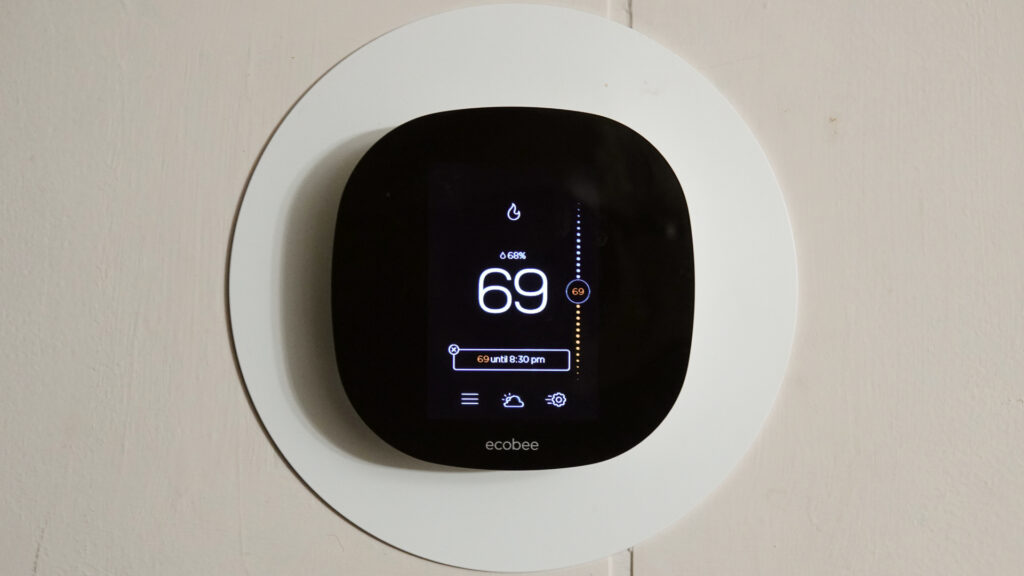
04. Install a programmable thermostat
If you are in the habit of leaving your central air conditioning or heating system running while you are at work or asleep, consider installing a programmable thermostat.
Doing so can help reduce the amount of energy needed to keep your home at an ideal temperature. It can save you money on your energy bill each month!
05. Use renewable energy
If you can, buy energy from a renewable energy source, such as solar or wind energy.
You can install a home solar energy system, which will allow you to reduce your carbon footprint and may even allow you to sell energy back to the grid!
There are many other ways to use renewable energy as well. When possible, try to walk or ride your bike instead of driving. Use public transportation in your city.
Want to learn how to better take care of yourself and the planet?
Join thousands of people who receive our newsletter with valuable sustainability and personal care content, tips and tricks.
Spam free. Unsubscribe anytime.
06. Run your appliances only when you need it
Do you ever leave appliances running to see if they will work? Or do you leave them on because you think you need to?
If the light and appliances aren’t necessary, turn them off. This will help to reduce the amount of energy that your home uses.
Do you have a room with many electronics, such as a home office? Try to make sure that they are unplugged when they are not in use. Computers, printers, and other appliances use energy even when turned off.
07. Committing to meatless
In fact, a vegetarian diet has less of an impact on water supplies.
Raising animals for human consumption requires more water than producing crops. If you are committed to sustainable living, consider cutting out meat one day a week.
This can not only reduce your carbon footprint but also improve your diet and reduce your risk of heart disease, diabetes, and other diseases.
08. Install a WaterSense labeled showerhead
Did you know that the average family uses nearly 40 gallons daily solely for showering? That’s almost 1.2 trillion gallons of water in the United States annually from showering alone. This is enough to supply the water needs of New York and New Jersey for a year!
What you can do is replace your old showerhead with WaterSense labeled. It demonstrates that these water-saving showerheads use no more than 2.0 GPM, meaning that you save water and energy.
09. Avoid single-use bottles
To avoid plastic usage, you should choose to drink tap water. That way, you avoid single-use water bottles and save wasted energy producing plastic bottles, filling, and transporting them. Also, you can invest in a filtration system to improve your tap water quality.
10. Use reusable bags
When you go to the grocery store, you probably end up with plastic bags. People use a trillion single-use plastic bags every year, and only a tiny fraction is recycled. What’s also sad is that the majority end up in landfill or oceans.
How could you avoid this? If you bring your own reusable bags to the store, you can reduce plastic waste and help the environment. There are many stores that sell these reusable bags. So invest in one of them and reuse it when you do groceries.
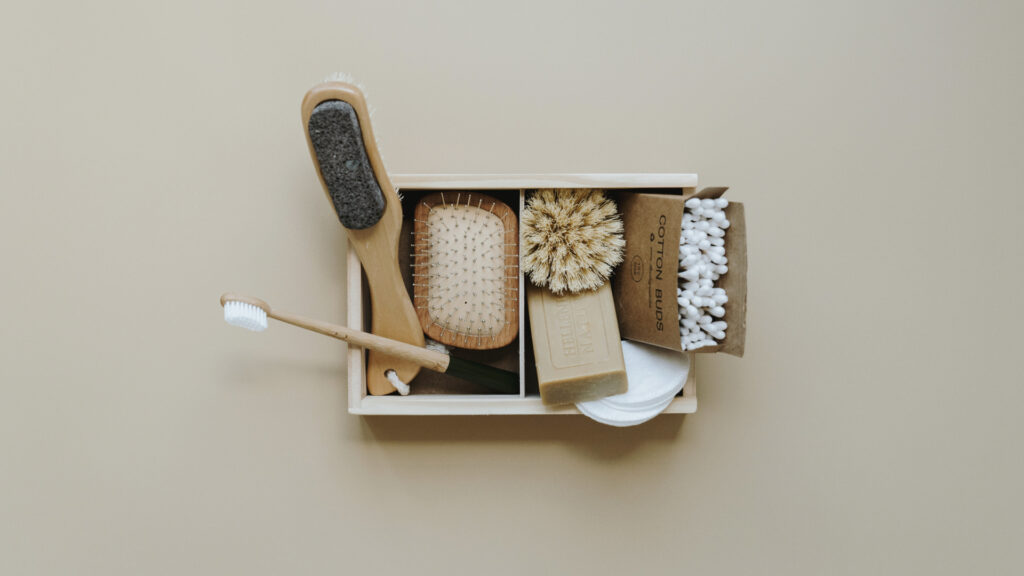
11. Switch to eco-friendly personal hygiene & beauty products
By choosing eco-friendly personal care products, you can reduce your carbon footprint. As well as it’s the simplest way to help protect the environment and keep your skin healthy.
You can switch to eco-friendly personal hygiene and beauty products like:
- Natural soaps
- Biodegradable facial wipes
- Toothpaste
- Toothbrush with bamboo
- Lotion
- Lib balm
When you look for these products, ensure that they are sourced responsibly and ethically. Also, personal care products should use sustainable or eco-friendly packaging. Here’s the example of what sustainable packaging should be.
And finally, avoid any harsh or damaging ingredients or microplastics. Here you can find what sustainable ingredients you should use to keep your skin healthy and clean.
Conclusion
Making small changes is the best way to start living a sustainable lifestyle. Focus on making one change at a time. Once that change has become part of your daily routine, move on to the next one.
The important thing is that you make the decision to start living more sustainably so that you can do your part to protect the planet.
When you live sustainably, you’re not just helping the environment – you’re helping yourself, too.
You can also live sustainably on a budget; consider reading our Guide on How To Be Eco-Friendly.
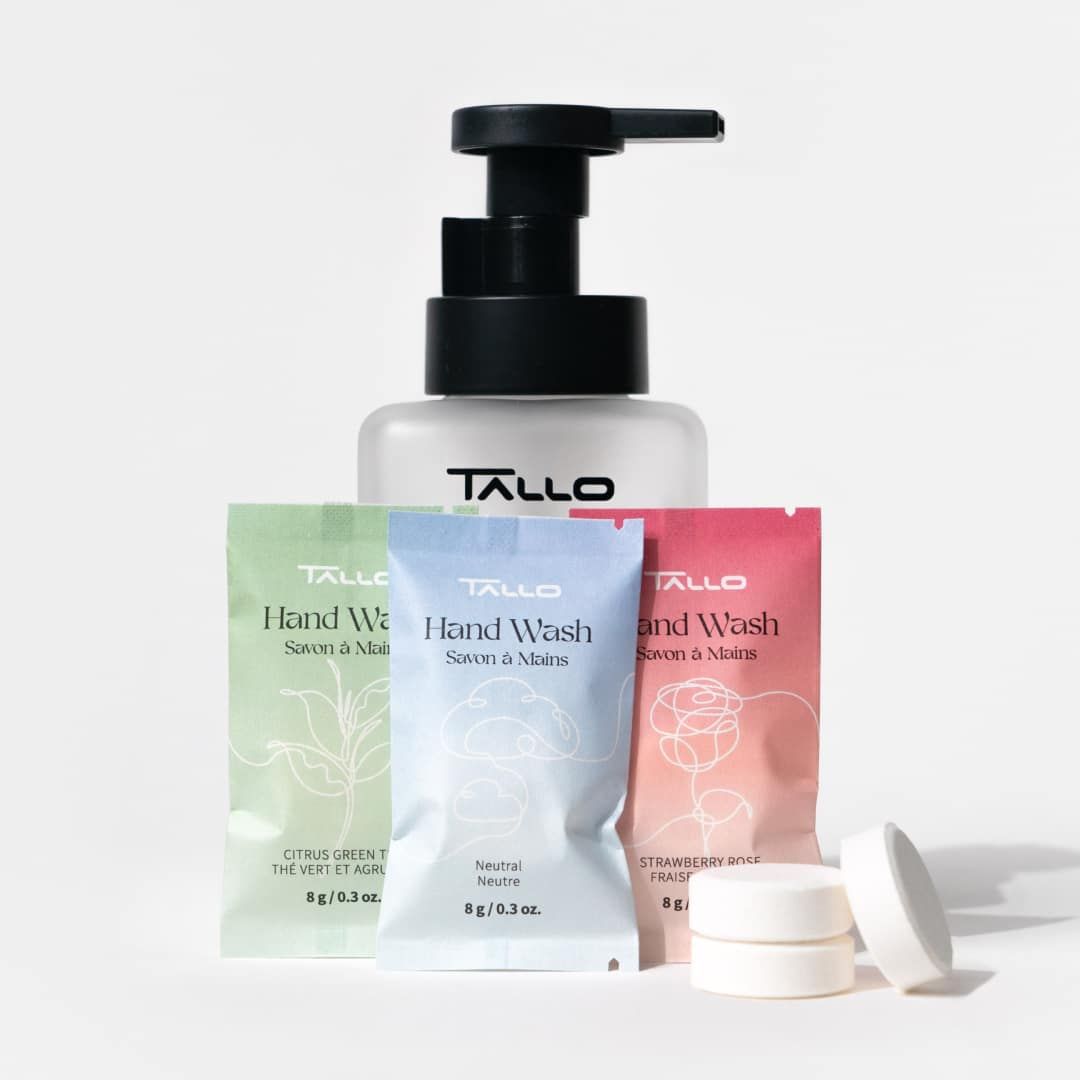
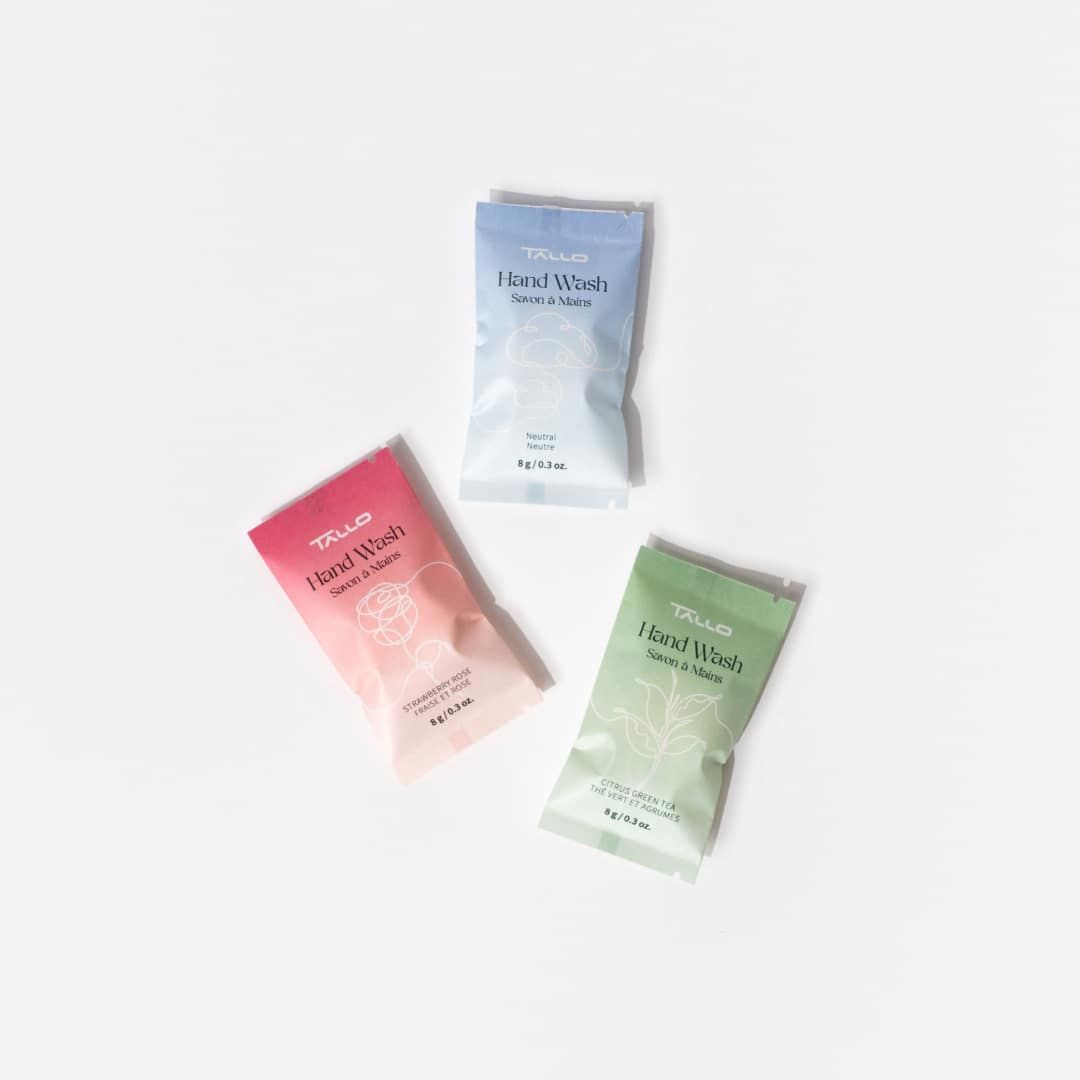



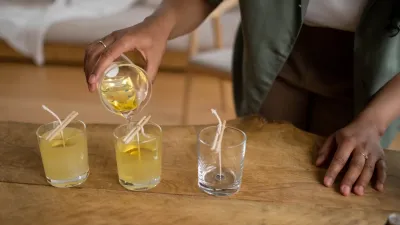





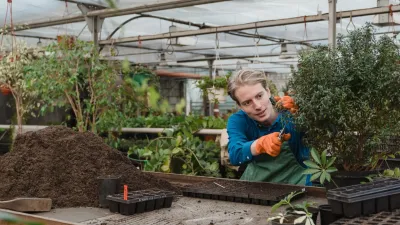

Leave a comment